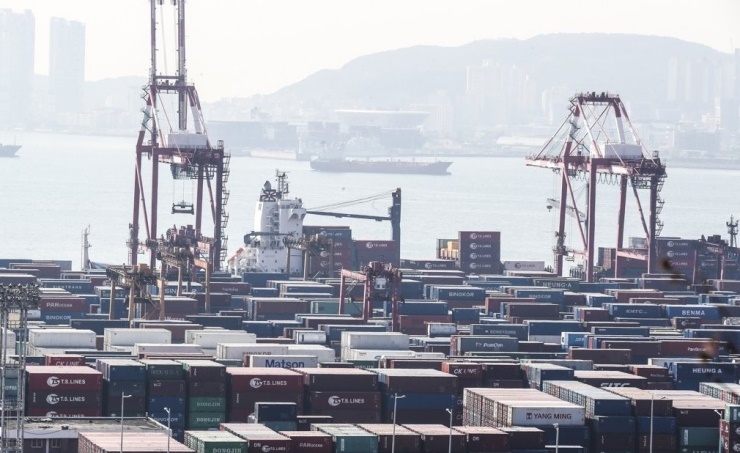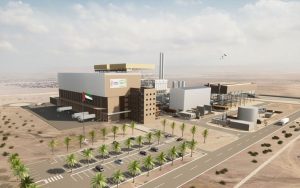
Seoul, Mar. 2 (BNA): South Korea’s production and private spending both fell for the first time in nearly two years in January, due largely to a high base effect, data showed Wednesday.
Industrial output fell 0.3 percent in January from the previous month, compared with a 1.3 percent on-month gain in December last year, according to the data compiled by Statistics Korea, South Korean News Agency (Yonhap) reported.
It marked the largest on-month fall since July 2021 when industrial output decreased 0.8 percent.
Retail sales, a gauge of private spending, logged the largest decline in 18 months in January due to a fall in demand for autos and clothes.
Retail sales slid 1.9 percent in January from the previous month, compared with a 2.2 percent gain in December. It marked the steepest on-month fall since July 2020.
Industrial output and retail sales fell together for the first time since March 2020.
Facility investment increased 2.5 percent on-month in January, compared with a 2.2 percent on-month gain in December.
The statistics agency said despite the faltering numbers in January, economic recovery momentum remains intact.
“As December figures were relatively high, service output and retail sales lost ground in January from a month earlier,” Eo Woon-sun, a senior Statistics Korea official, told reporters.
Finance Minister Hong Nam-ki said the January data showed the South Korean economy has extended its recovery momentum despite the fast spread of the omicron variant.
Asia’s fourth-largest economy is on a recovery track on the back of robust exports, but the upsurge in COVID-19 cases and geopolitical tensions over Russia’s invasion of Ukraine have heightened economic downside risks.
The country’s exports rose 20.6 percent on-year in February to US$60.44 billion, extending their gains to the 16th consecutive month.
Last month, output in the manufacturing sector rose a mere 0.1 percent, but production of chips and autos grew 6.1 percent and 3.2 percent, respectively.
Service output fell 0.3 percent on-month in January mainly because production in the financial sector declined amid falling stock prices and tighter lending rules.
South Korea is struggling to contain the spread of COVID-19 as the omicron variant is raging across the nation.
In regard to the Ukraine crisis, the government said the geopolitical risk may have limited impact on the South Korean economy in the short term. But it is closely watching the situation on concerns that protracted tensions between Russia and Western powers and global sanctions against Moscow could disrupt energy supplies and hurt Korean firms.
The South Korean economy grew 1.1 percent in the fourth quarter of last year from three months ago, picking up from a 0.3 percent on-quarter gain in the third quarter, according to central bank data.
Private spending increased 1.7 percent on-quarter in the October-December period, compared with a 0.2 percent contraction in the third quarter.
The Bank of Korea (BOK) expects the Korean economy to grow 3 percent this year after the 4 percent growth last year. The Korean government expects 3.1 percent growth for 2022.
The BOK sharply revised up its 2022 inflation prediction to 3.1 percent from its earlier estimate of 2 percent. The government’s inflation forecast stands at 2.2 percent for this year.











